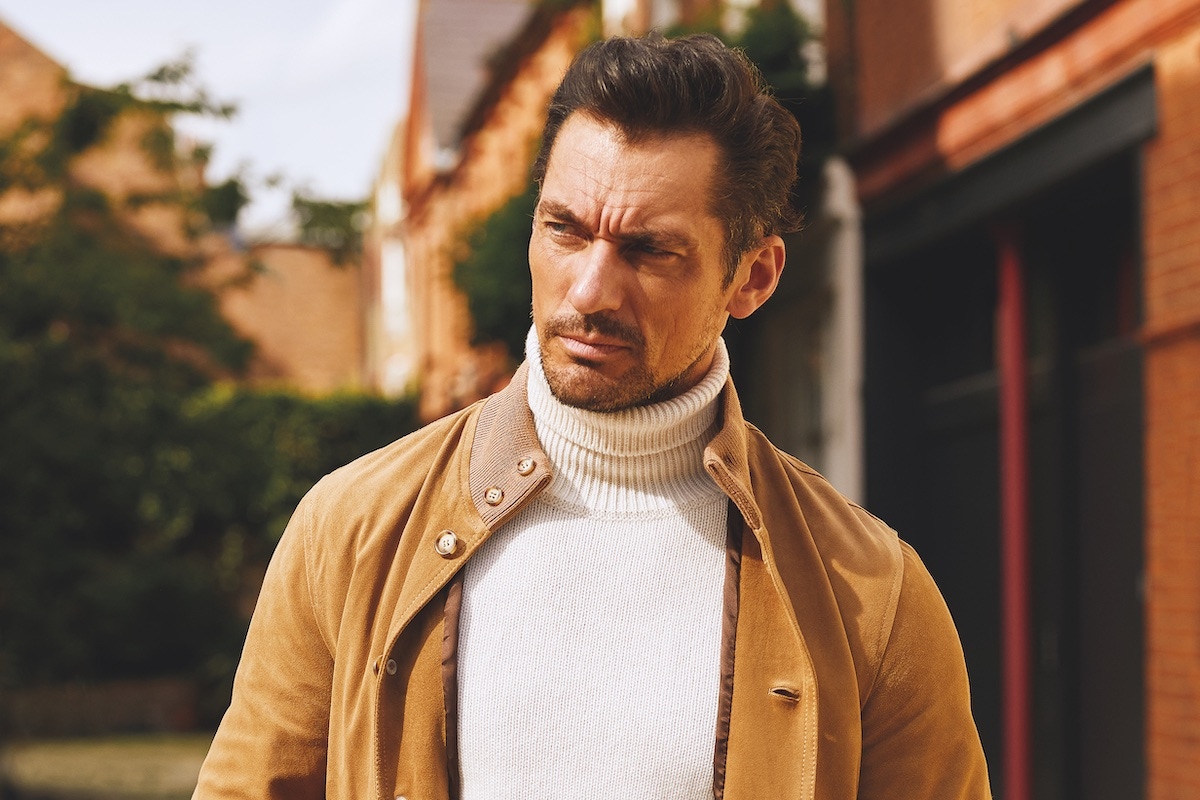Masters of the Air and the Timeless Allure of the American Airforce Flight Jacket
Band of Brothers in the sky, Masters of Air is arguably one of the most anticipated TV shows of 2024. Ahead of its release, we take a look into the history of the flight jacket and why this piece of history belongs in every modern man's wardrobe.

As the curtains rise on January 26, 2024, for the premiere of Masters of The Air on AppleTV+, the Spielberg-Hanks-Goetzman trinity not only brings another enthralling war drama following Band of Brothers but also showcases an array of American Airforce flight jackets steeped in history and style.
This series serves as a beacon for World War II enthusiasts and fashion aficionados alike, delving into the experiences of the 100th Bomb Group – the "Bloody Hundredth." Portrayed by actors like Austin Butler and Barry Keoghan, these airmen don flight jackets that are historical artefacts in their own right. Provided by Eastman Leather and Aero Leather Clothing, these jackets are more than costumes; they're tangible connections to the past, meticulously crafted to mirror the garments real WWII pilots wore, ensuring a visually authentic and emotive journey.




One standout is the Type B-3 flight jacket, tailored for Callum Turner's character, Major John C. Egan. This off-white jacket, a faithful recreation of its 1942 counterpart, represents its functional necessity in frigid, high-altitude conditions and its status as a symbol of resilience among bomber crews. The B-3, with its sheepskin exterior and wool interior, provided essential warmth and is a testament to the challenging conditions faced by WWII pilots.
The history of the flight jacket dates back to World War I, evolving as a response to the needs of pilots in various combat and environmental scenarios. From the A-1 jacket, introduced in the 1920s with its knit waistband and buttons, to the iconic A-2 jacket, adopted in 1931 with its zipper closure and leather collar, each style marks an era in aviation history. The G-1 jacket, debuting in 1938, added a Mouton collar and gusseted action swing back, reflecting the evolving technology and fashion of the time.


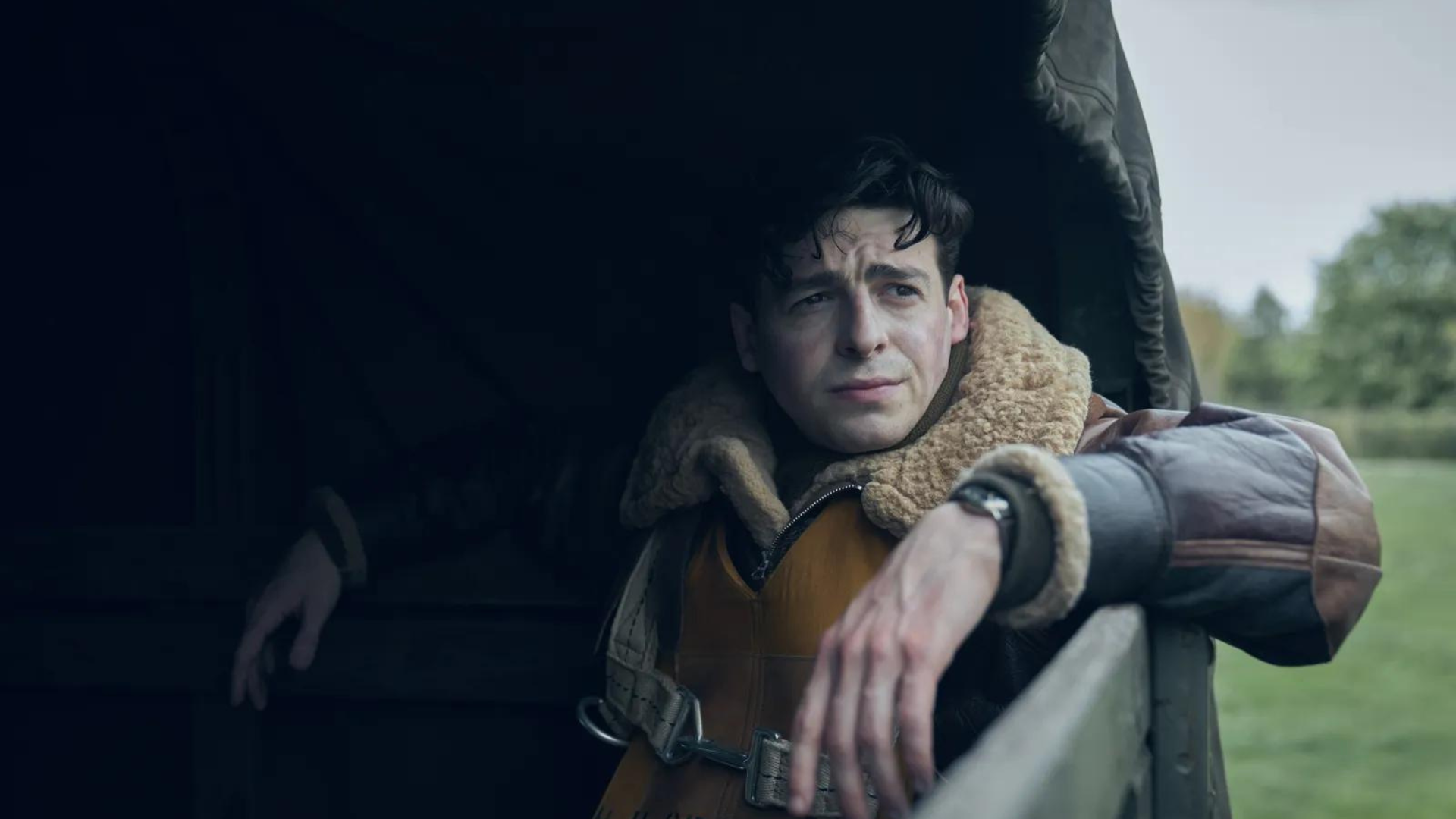



The A-1 Jacket: The Origin Story
Introduced in 1927, the A-1 jacket is the progenitor of military flight jackets. Fashioned from goat skin, sheepskin, or horsehide, it featured a knit waistband and cuffs, two flap pockets, and a button-up front, catering to the early needs of pilots for warmth and comfort. The A-1 represents the rudimentary phase of flight jacket design, focusing on basic functionality over advanced features.




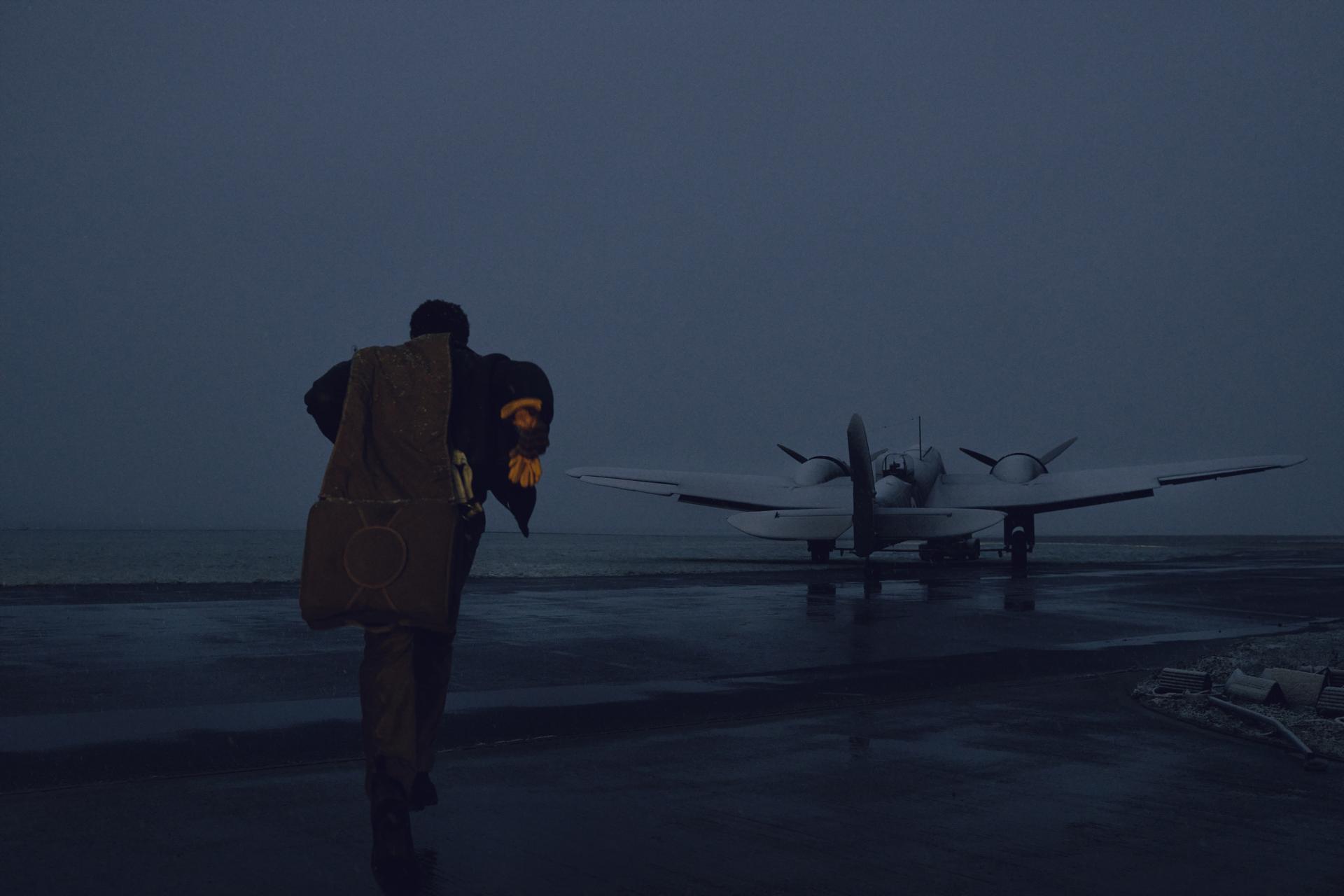

The Iconic A-2 Jacket
Adopted in 1931, the A-2 jacket marked a significant evolution in flight jacket design. Transitioning from the button-up front of the A-1 to a zipper closure, it introduced a leather collar, symbolising a step towards modernity by combining functionality with a refined aesthetic. Made from horsehide or goatskin, the A-2 became the quintessential symbol of WWII American aviators.




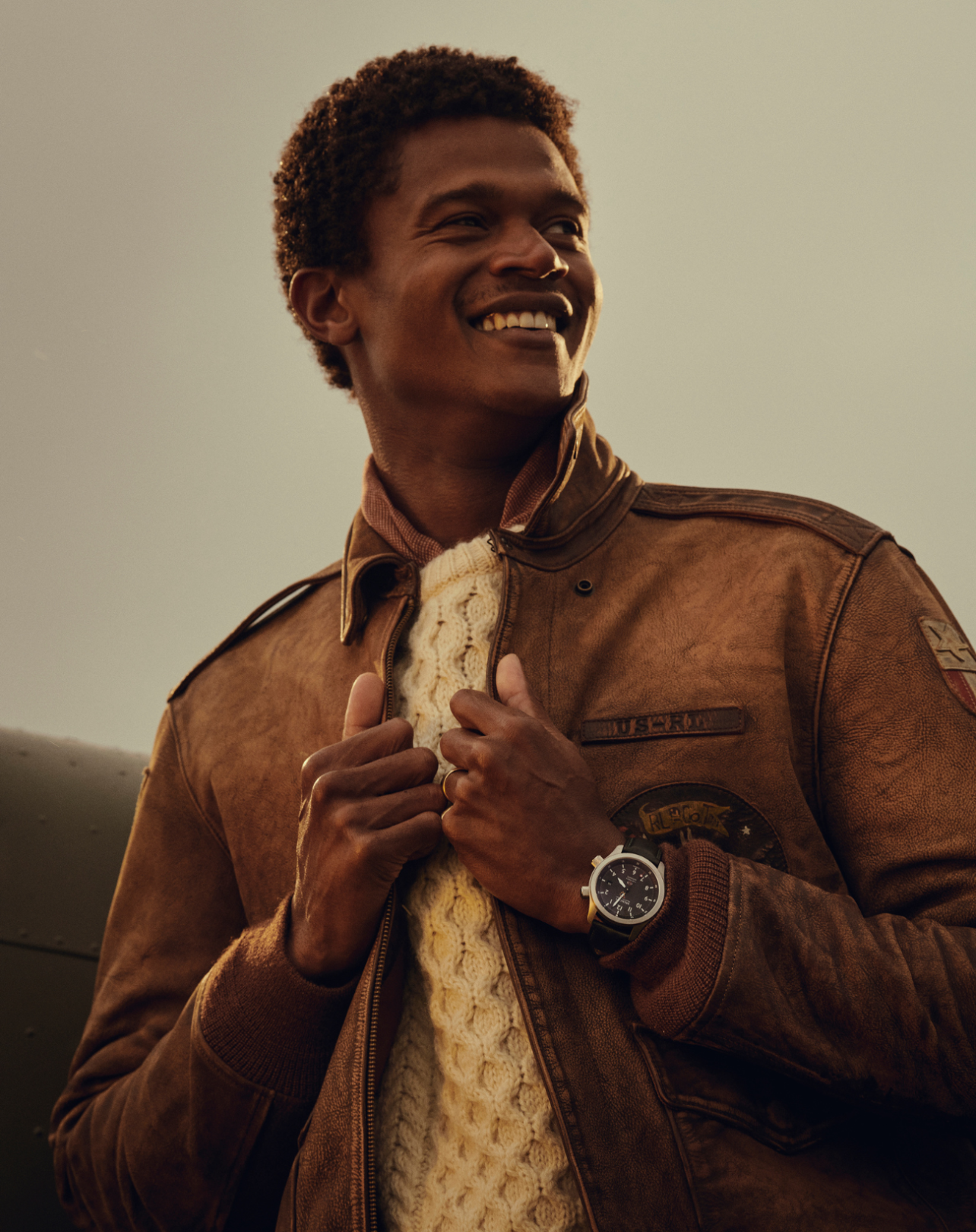



The G-1 Jacket: A Naval Counterpart
The G-1, introduced in 1938, served as a naval counterpart to the Army Air Corps' A-2. Featuring a Mouton collar and a gusseted action swing back, it enhanced mobility for pilots. The G-1 eliminated the wind flap found in the A-2, signalling further design and material advancements. Gaining iconic status, partly due to its use in Top Gun, the G-1 in Masters of the Air symbolises the bridge between rugged wartime aviation and military-inspired fashion.




The B-3 Jacket: Designed for the Skies
The B-3 jacket, designed for high-altitude bomber pilots and introduced in the 1930s, responded to the freezing conditions at high altitudes. Made from sheepskin with a thick shearling lining, it provided unparalleled warmth. The B-3’s bulky design contrasted with the trimmer A-2 but was essential for the frigid environments of high-altitude bombing runs.


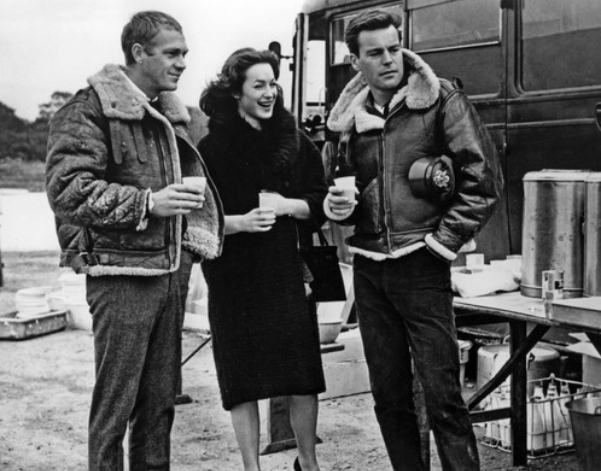







Additional Variants and Evolutions
"Masters of the Air" also delves into the diverse range of flight jackets used during WWII, including the B-6 and the B-7 Parka, each contributing to the historical accuracy and reflecting the wide array of gear used by airmen in different conditions.


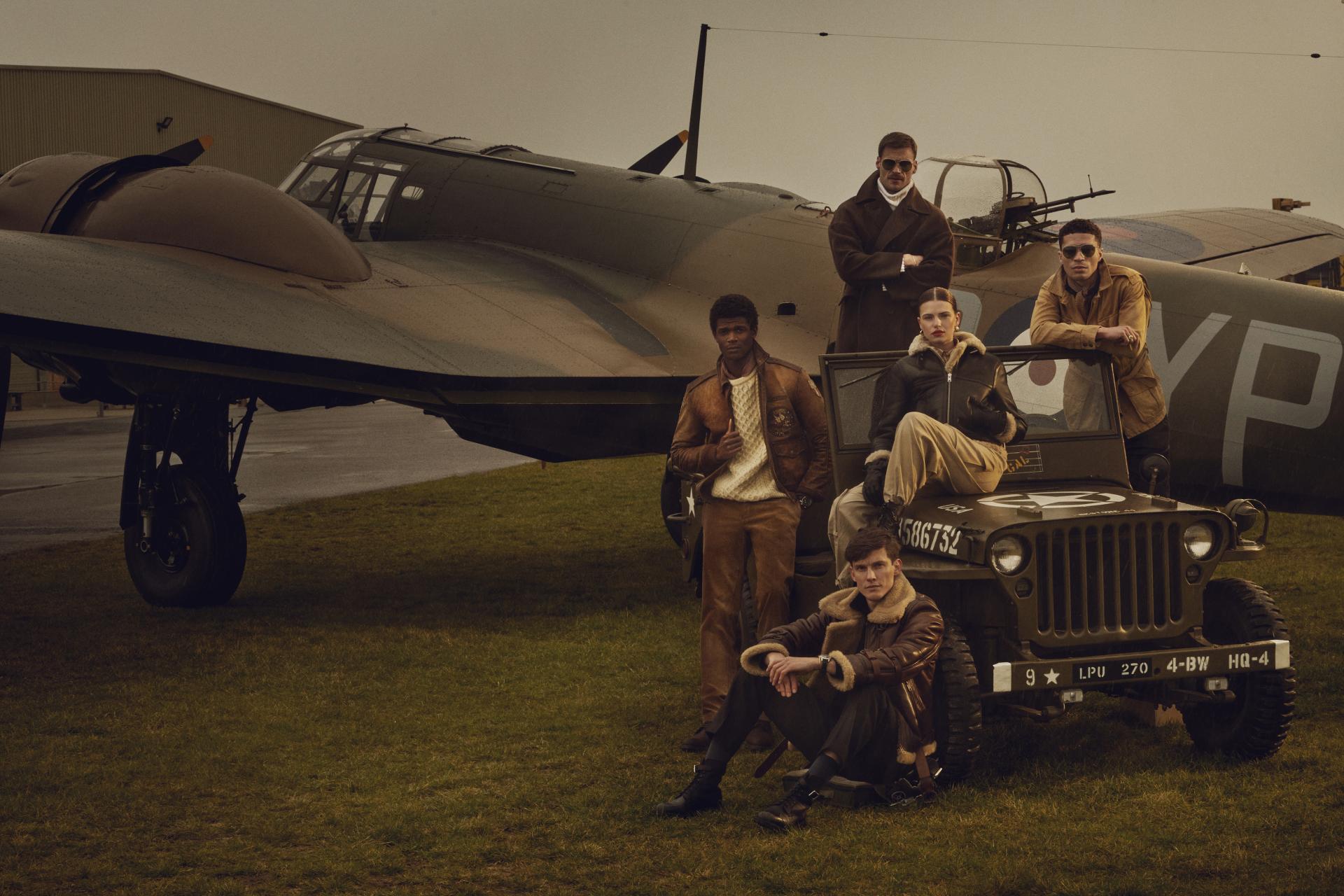

From Military Gear to Fashion Icon
After WWII, these flight jackets transcended their military origins, becoming symbols of fearless spirit and rugged individualism. Integrating into civilian life, they carried stories of heroism and adventure, and today, they are celebrated as collector's items and staples in contemporary fashion, embodying a unique blend of history, resilience, and style.
From its humble beginnings in the early 20th century to its current status as a symbol of resilience, style, and history, the flight jacket has journeyed alongside the evolution of aviation and fashion. As "Masters of the Air" makes its debut, it promises not just a gripping tale of bravery and sacrifice but also a celebration of a garment that has become an integral part of military history and contemporary style. This series is a fitting homage to the flight jacket's enduring legacy, showcasing its transformation from a functional piece of military gear to an iconic element of modern fashion.




